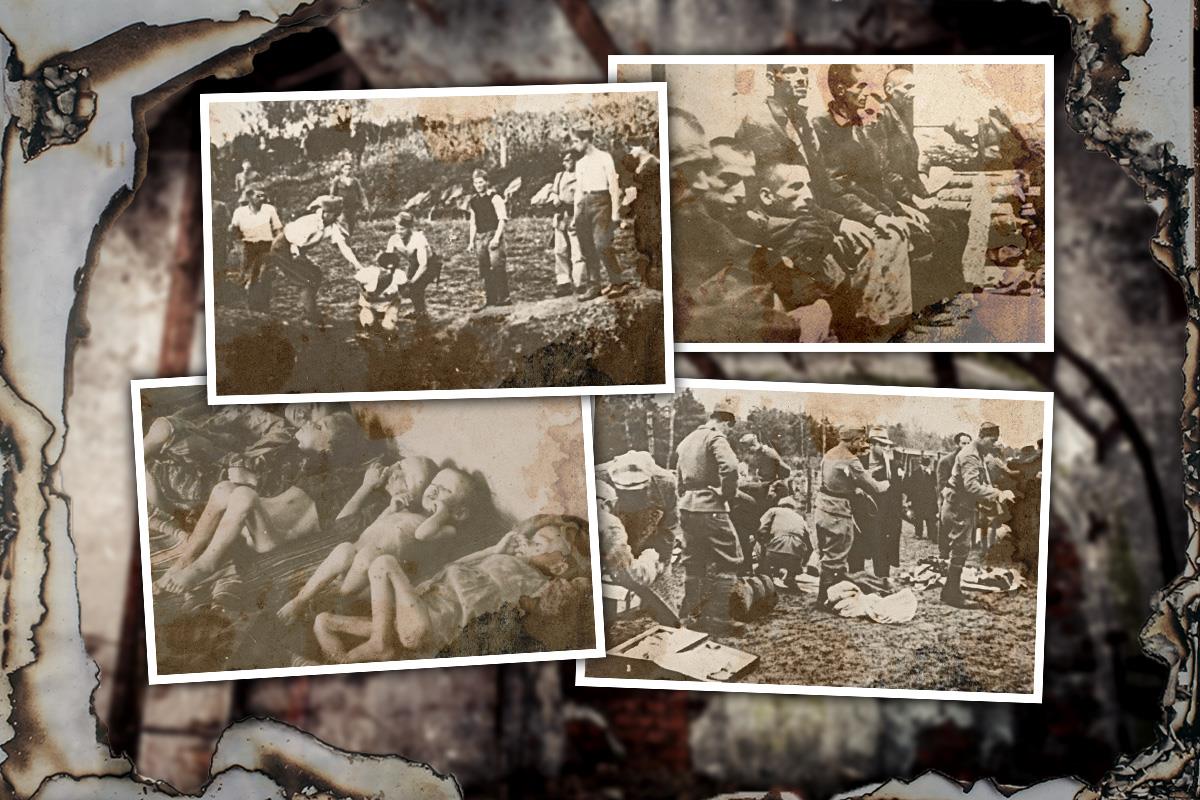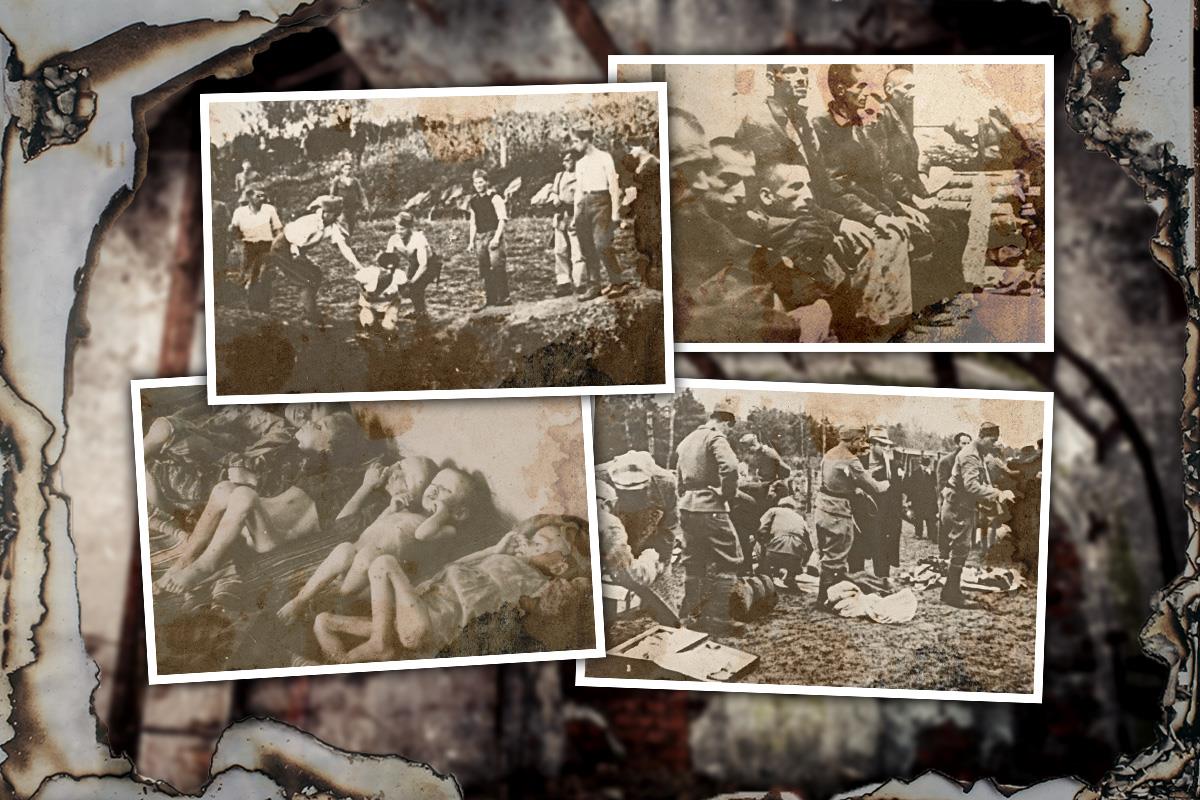Hell of Jasenovac: How Ustasha Camps Destroyed Lives and Humanity
Jasenovac was not just a camp; it was a true factory of death and suffering. Located in a swampy, inaccessible terrain, surrounded by water and embankments, this camp was almost impregnable for the prisoners who ended up there. With about 20,000 prisoners, mostly Serbs and Jews, Jasenovac was the central collection camp with four branches, including Stara Gradiška.
Unprecedented Conditions and Inhumanity
Prisoners lived in horrific conditions. The lack of water was catastrophic – there was only one well, often contaminated, forcing prisoners to use water from ponds, a breeding ground for diseases. Hygiene was at the lowest level, with field latrines and night buckets inside barracks, creating unbearable stench and health problems.
Housing was in barracks built on submerged terrain, often flooded, and prisoners had to work in harsh conditions without adequate clothing and footwear. Food was minimal and poor quality – mostly cabbage or pea soup, with no bread for months, leading to exhaustion and death.
Work as a Means of Torture
The camp was designed as a labor industrial camp, with numerous workshops – blacksmiths, tinsmiths, carpenters, even a gunsmith. Prisoners worked 8 to 12 hours a day, often longer, under strict supervision and iron discipline. Any slack or delay in work was punished by immediate death.
Workers were divided into those performing the hardest physical jobs and those with craft skills. Among them were gravediggers, who dug graves daily for the killed and dead, a grim reminder of the prisoners’ fate.
Murders and Injustice
The Ustasha had the right to kill any prisoner whenever they saw fit. There were no rules or disciplinary procedures – death was a daily occurrence. Patients were often killed in front of the hospital, and help was minimal or nonexistent. Prisoners were left to fend for themselves, many dying from disease, exhaustion, or being liquidated.
Prisoners Without Rights
Contact with the outside world was impossible. Prisoners were not allowed to receive or send letters or packages, and any such attempt was punished by death. Only from April 1944 was the possibility introduced to send postcards and receive packages, but it is uncertain how much this was implemented.
Why Was Jasenovac Located There?
The choice of the camp’s location was not accidental. The swampy, submerged terrain surrounded by water and embankments made escape nearly impossible. Additionally, nearby factories used prisoner labor, making the camp also an industrial center.
Conclusion
Jasenovac is a symbol of the horrors and injustices that occurred during World War II. Living conditions, labor, inhumanity, and daily death made this camp a hell on earth. Testimonies of prisoners, such as the report of Vojislav Prnjatović, remain a warning and a reminder of the dark side of history.
If you think this is just another story from the past, think again. The hell of Jasenovac is not just a historical event – it is a warning of what can happen when humanity disappears. What do you think, how far are we today from such horrors? Share your thoughts, maybe your word can be a voice for those who no longer have one.



















